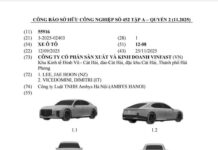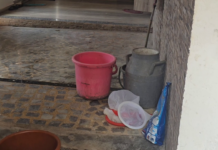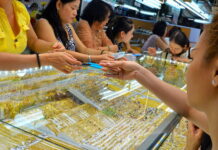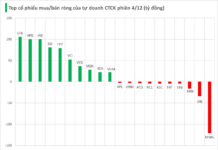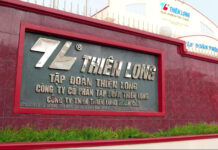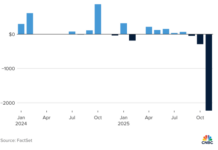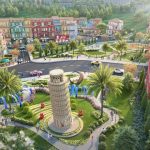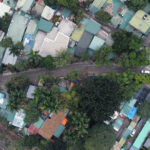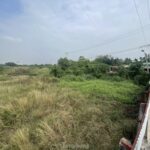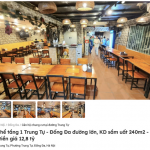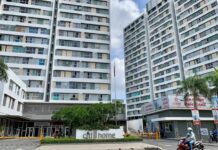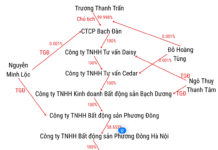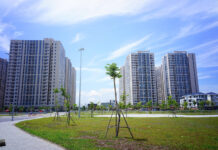With its strategic location bordering the capital city, Hanoi, and serving as a transportation hub connecting the southern gateway of Hanoi with the Red River Delta provinces and North Central Coast region, Ha Nam province boasts a well-developed transportation infrastructure.
To maximize the potential of Ha Nam’s strategic gateway location, the government has approved the master plan for the province’s development for the period of 2021 – 2030, with a vision towards 2050. In this master plan, the transportation infrastructure is considered the core element to drive the development of industrial parks, export processing zones, agro-forestry areas, tourist destinations, and mining sites.
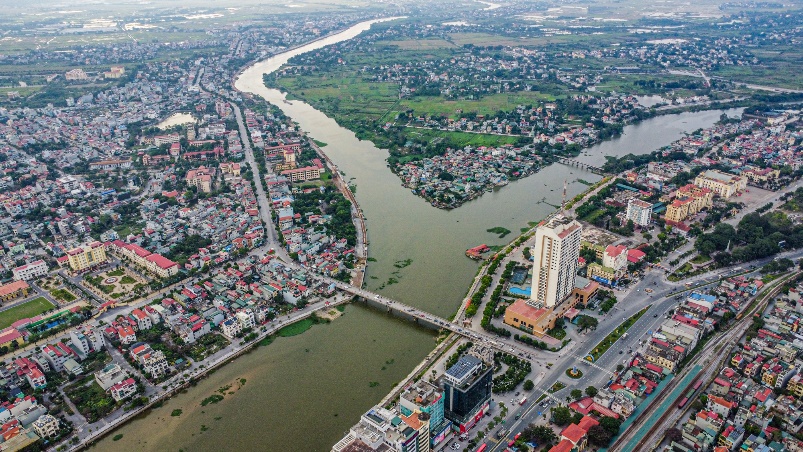
A panoramic view of Phu Ly city, Ha Nam province.
To turn this vision into reality, Ha Nam province has prioritized investments in transportation infrastructure. From 2020 onwards, the province has allocated tens of thousands of billion VND to construct and upgrade transportation routes, meeting the ever-increasing social demands.
In terms of road infrastructure, Ha Nam is home to eight national highways, including National Highway 1A, the Phu Ly bypass of National Highway 1, National Highway 21, National Highway 21B, National Highway 37B, National Highway 38, the Hoa Mac town bypass of National Highway 38, and National Highway 38B. These highways provide seamless connectivity between Ha Nam and neighboring provinces such as Hanoi, Nam Dinh, Ninh Binh, and Hung Yen.
According to the Road Network Planning for the period of 2021 – 2030, with a vision towards 2050, Ha Nam is set to have four connecting expressways, namely the North-South Expressway (Phap Van – Cau Gie – Ninh Binh section), the Phu Ly – Nam Dinh Expressway, the Hung Yen – Thai Binh Expressway, and the Capital Region’s Ring Road 5. This marks a significant breakthrough in infrastructure development, fostering trade and economic linkages between Ha Nam and its neighboring regions within the Red River Delta Key Economic Region.
The most notable among these is the Ring Road 5, spanning approximately 272km with 4-6 lanes, a minimum road width of 22-33m, and access roads on both sides. This vital artery traverses eight localities, including Hanoi (48km), Hoa Binh (over 35km), Ha Nam (over 35km), Thai Binh (over 28km), Hai Duong (nearly 53km), Bac Giang (over 51km), Thai Nguyen (nearly 29km), and Vinh Phuc (over 51km).
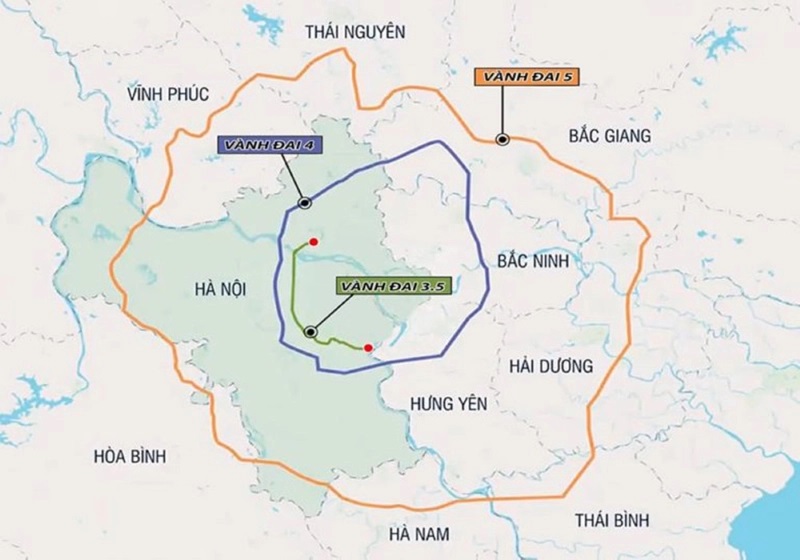
Ring Road 5 will connect Ha Nam with Hanoi and six northern provinces, including several major economic centers, thereby enhancing regional linkages and providing a boost to the entire Capital Region.
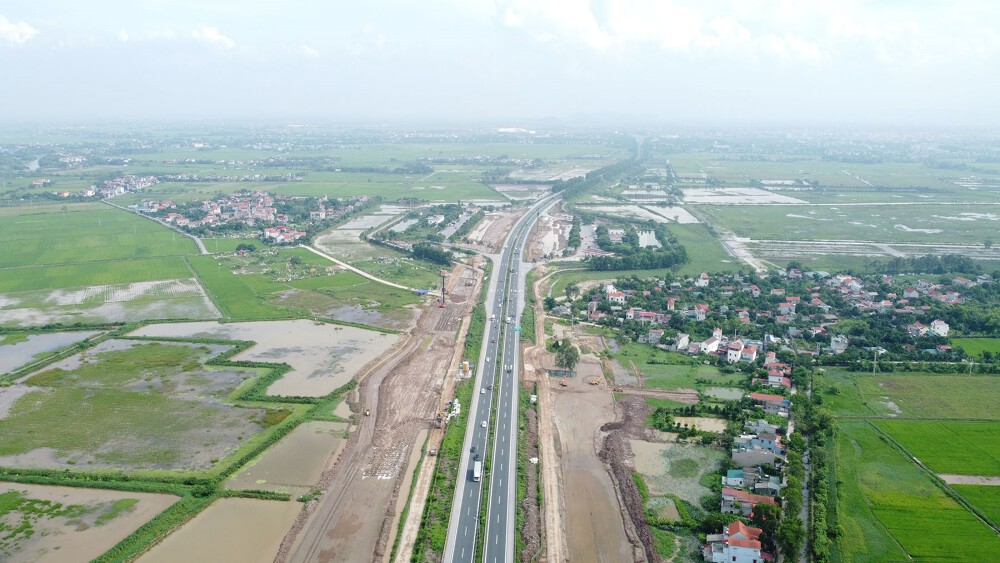
Located on the Cau Gie – Ninh Binh Expressway, where it intersects with the future Ring Road 5, the Phu Thu interchange is currently under construction. This interchange is one of five interchanges on the expressways passing through Ha Nam province. It is designed as a three-level interconnected interchange with a total investment of 1,400 billion VND. The first level involves constructing an overpass on the Cau Gie – Ninh Binh Expressway with six lanes designed for a speed of 120km/h. The second level features a roundabout with a radius of 40m and a designed speed of 80km/h. The third level includes a bridge on the Ring Road 5, crossing over the Cau Gie – Ninh Binh Expressway.
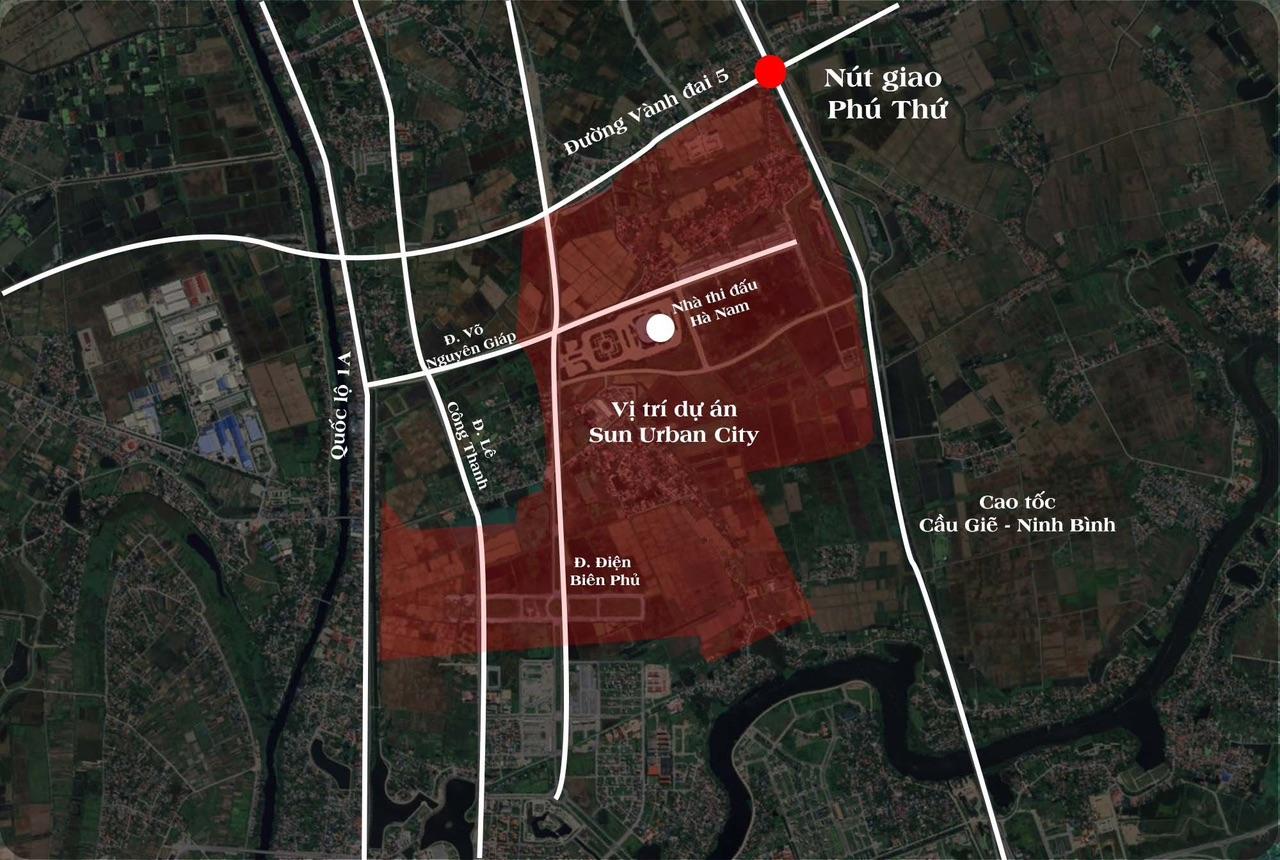
The Phu Thu interchange is a key transportation project with future-oriented significance. Once completed, it will provide an additional connection, balancing the province’s economic regions and opening up new opportunities for investment and economic development. Notably, it will serve as a new gateway for vehicles traveling from the North-South Expressway and Ring Road 5 to the new administrative center in the north of Phu Ly city, where well-planned infrastructure and mega-projects like the Doi Thoai Times – Sun Urban City, spanning over 420 hectares, are underway.
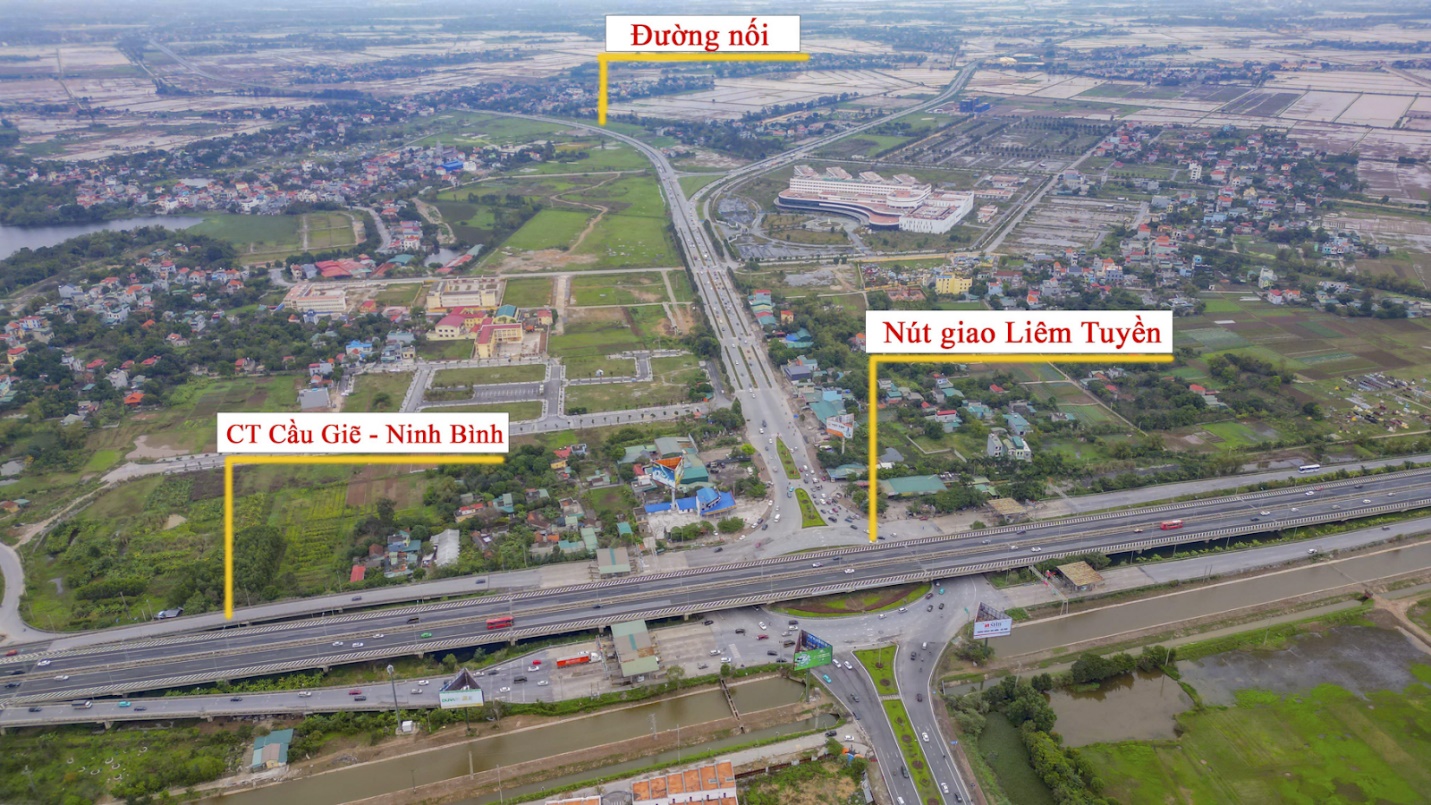
Not far from the Phu Thu interchange lies the operational Liêm Tuyền interchange, a vital transportation gateway connecting the Phap Van – Cau Gie Expressway with the Hanoi – Hai Phong Expressway through the inter-provincial road connecting Ha Nam and Hung Yen. The other direction of this interchange leads to the center of Phu Ly city. This intersection plays a pivotal role in boosting Ha Nam’s trade and commerce.
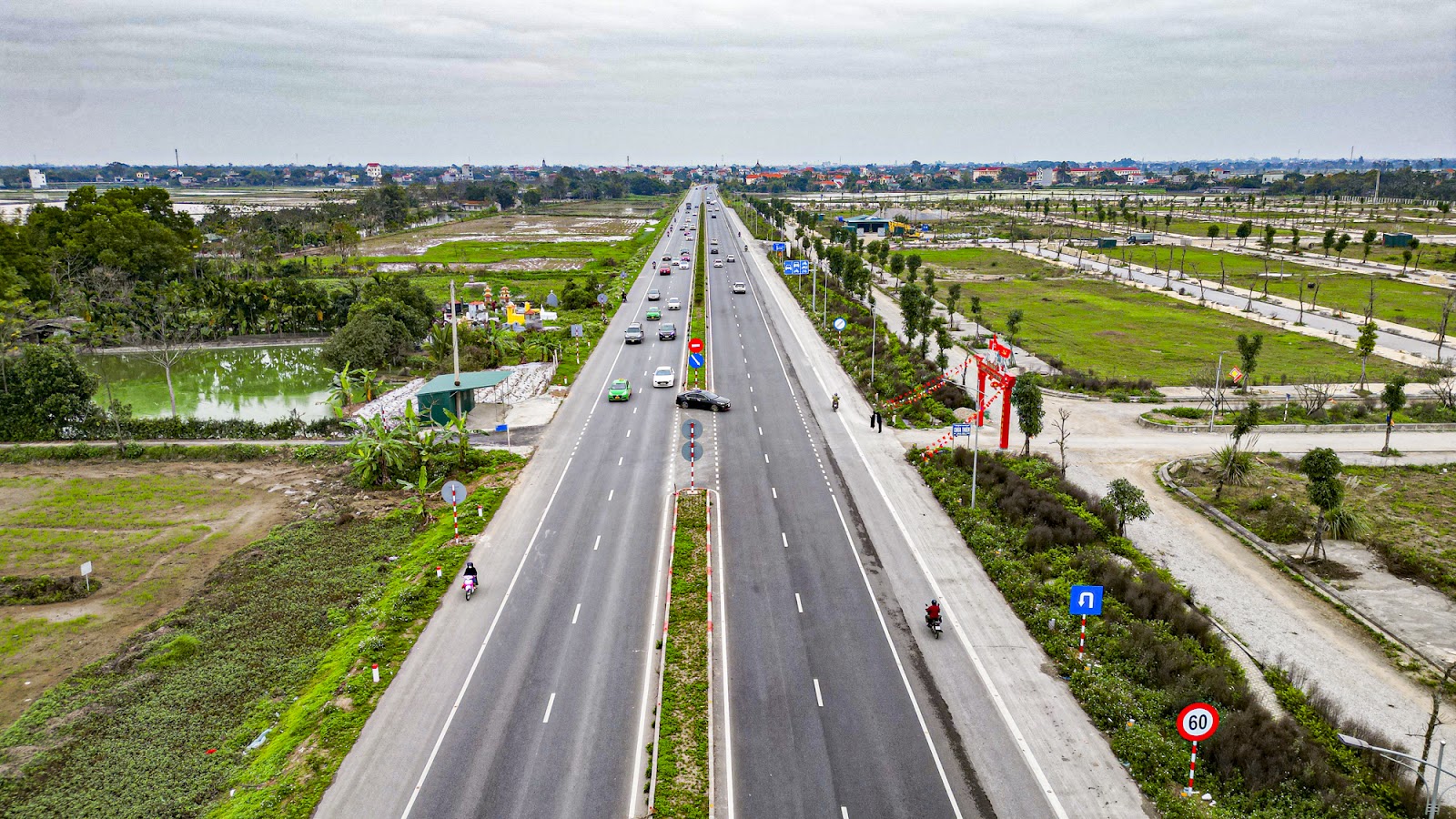
The road connecting the two key northern expressways, Hanoi – Hai Phong and Cau Gie – Ninh Binh, was inaugurated in early July 2024 (the section passing through Hung Yen province). With a total length of 47.7 km and an investment of over 4,500 billion VND (the section passing through Ha Nam is 16.5 km long, starting at the Liêm Tuyền interchange and ending at the Thai Ha bridge), this road significantly reduces travel time between the two expressways by up to 30 minutes, facilitating connections between Ha Nam and the Northeast region. This contributes to lowering logistics costs and promoting sustainable long-term growth in Ha Nam and the surrounding areas. During the inauguration ceremony, the Prime Minister approved the proposal to upgrade this connecting road into an expressway by the end of 2025.
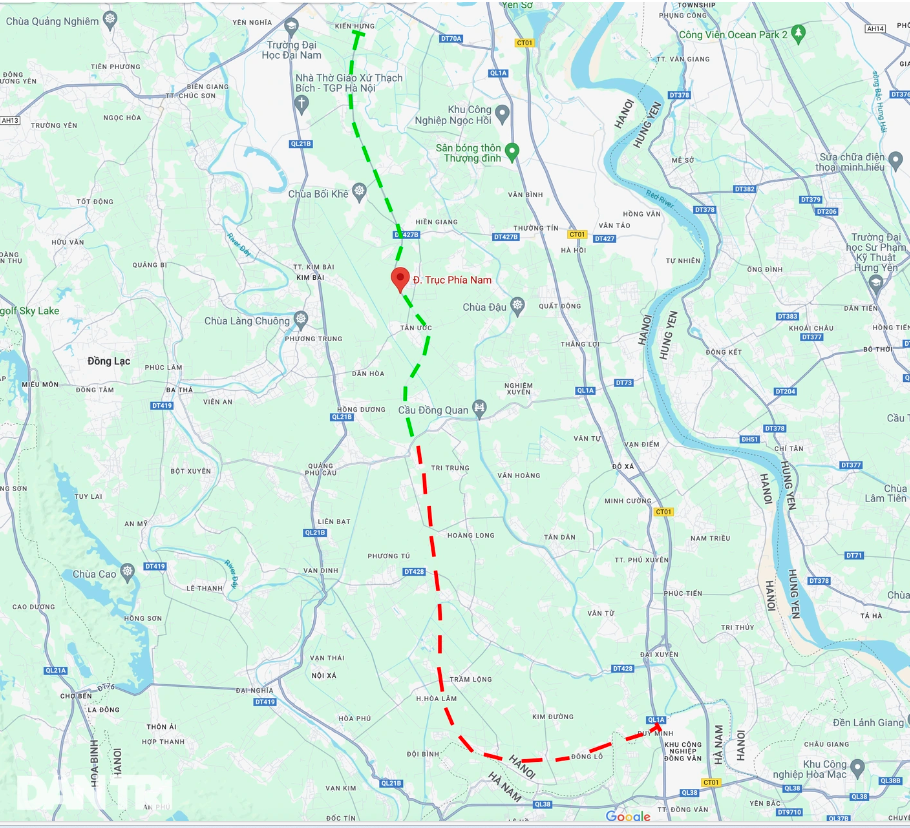
Another important transportation project currently under construction is the Southern Axis Road of Hanoi, which will connect Ha Noi and Ha Nam, alleviating the burden on National Highway 1A and the Phap Van – Cau Gie Expressway. Once completed, this road will link Hanoi’s Ring Road 3, starting from Nguyen Xien Street, passing through Ha Dong district, Thanh Oai district, Ung Hoa district, and Phu Xuyen district, to the Phap Van – Cau Gie Expressway leading to Ha Nam.
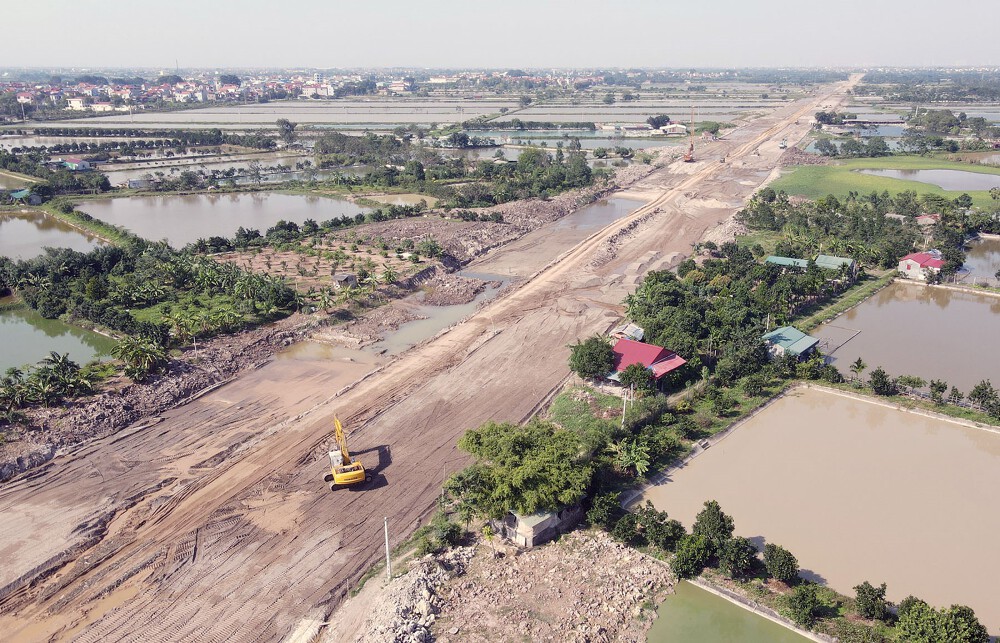
As of now, about half of the Southern Axis Road has been completed, and construction is ongoing. The project will interconnect Ring Roads 3, 3.5, 4, and 5, forming the backbone of the southern transportation network of Hanoi.
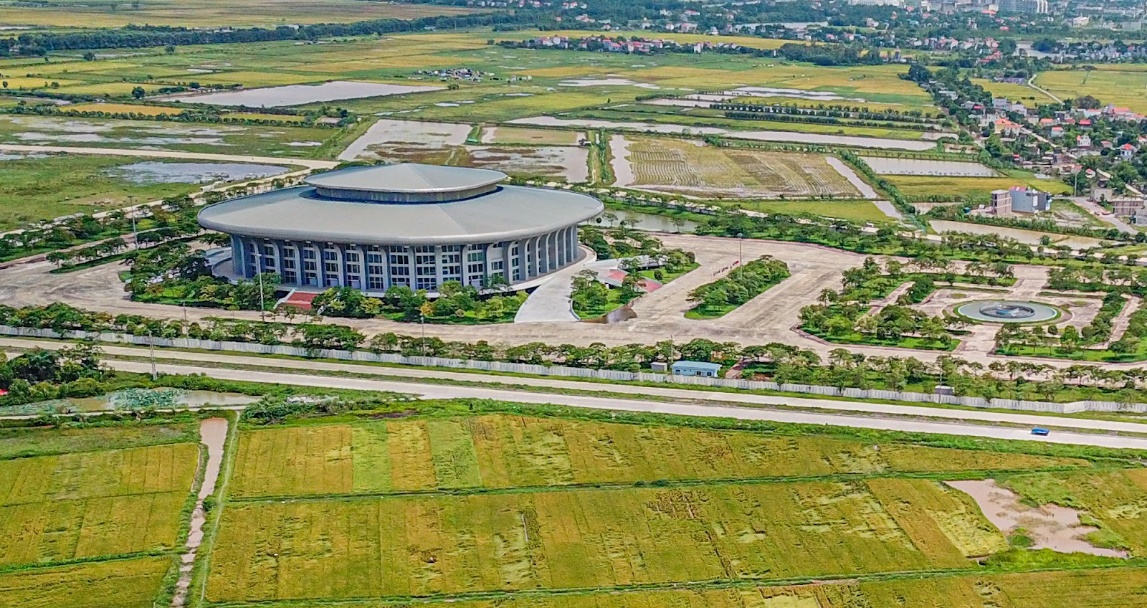
In addition to the national highways, ring roads, and expressways connecting different regions, Ha Nam has also invested significantly in intra-provincial transportation routes. A notable example is the well-planned major roads in the Bac Chau Giang area, connecting the old center of Phu Ly with the new administrative center under construction. Grand boulevards such as Dien Bien Phu, Le Cong Thanh, Nguyen Van Linh, and Vo Nguyen Giap (as seen in the photo passing through the Ha Nam Sports Arena) have transformed the urban landscape of Phu Ly.
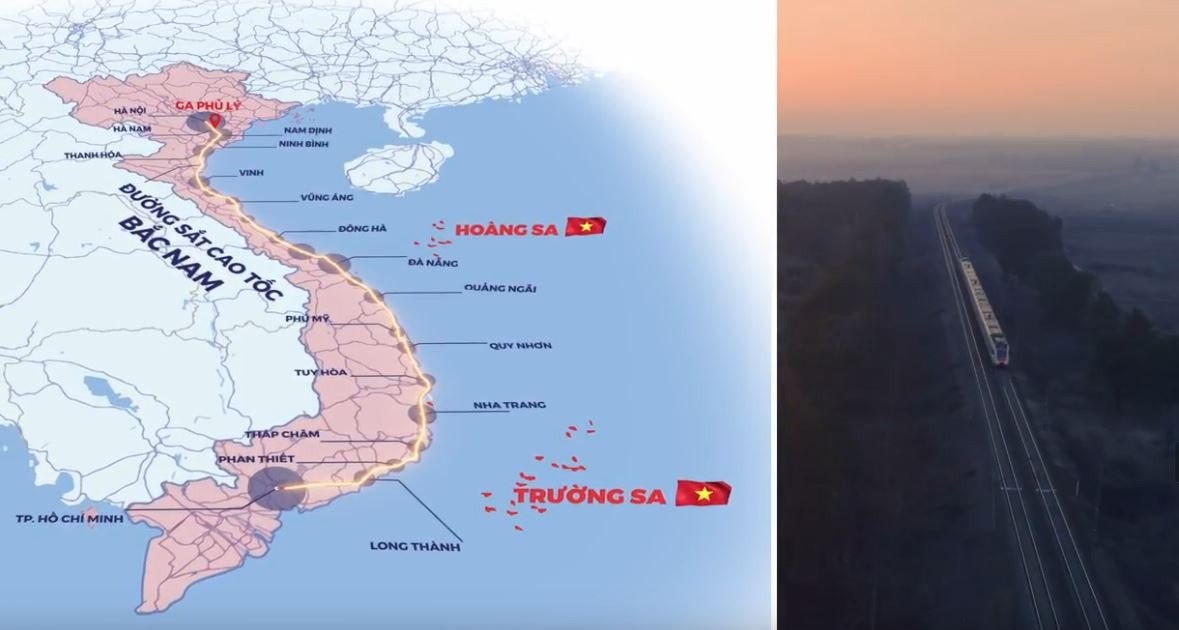
Apart from road infrastructure, Ha Nam is expected to be one of the approximately 20 provinces and cities through which the high-speed North-South railway will pass. This mega-project, spanning the entire country, is slated to commence construction in 2027 and will connect Ha Nam (at Phu Ly station) with the rest of Vietnam.
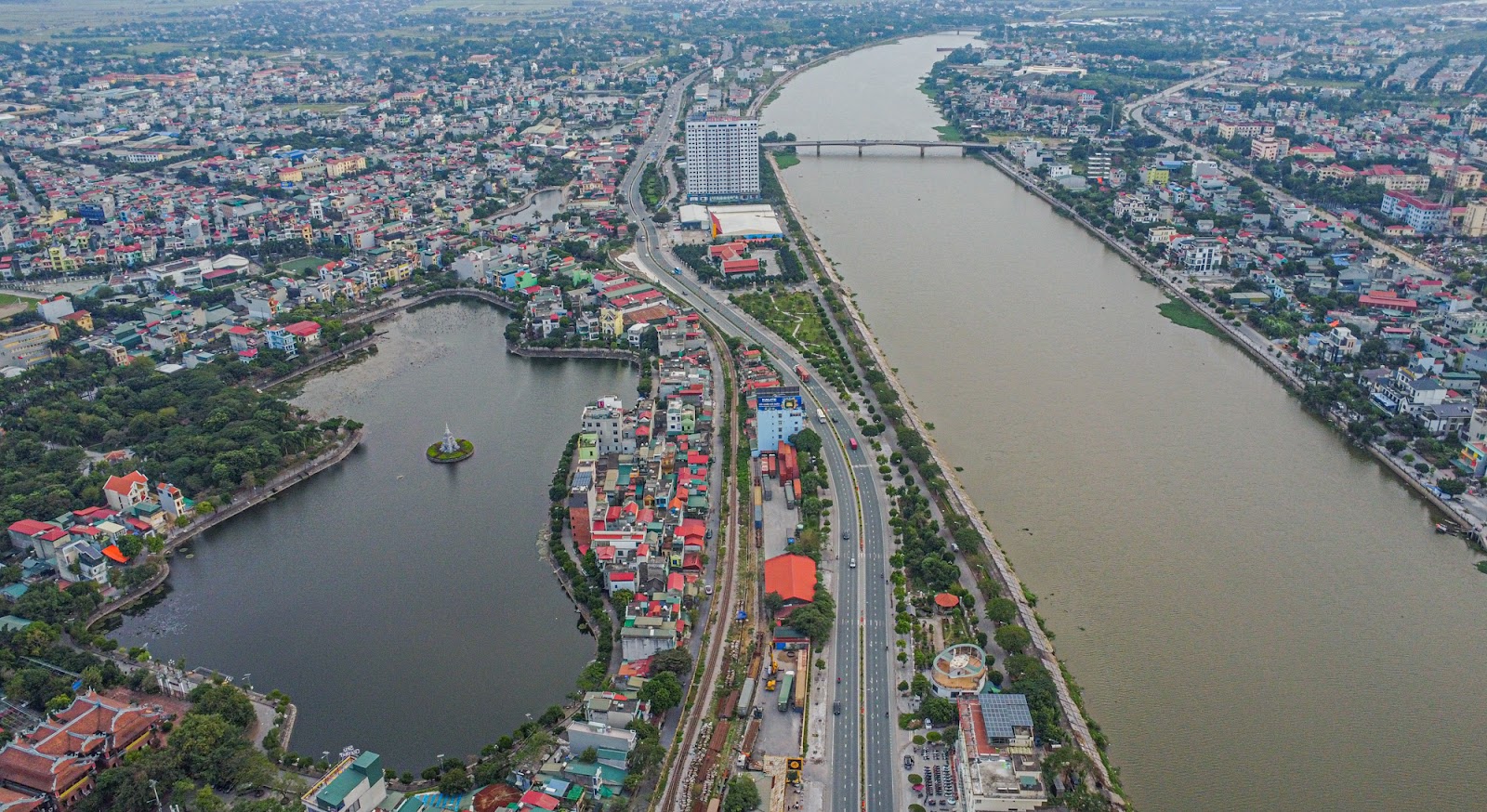
In terms of waterway transportation, Ha Nam boasts 196 km of rivers and over 20 port projects. Among all types of cargo transportation, waterways offer the lowest rates. Therefore, Ha Nam enjoys favorable conditions for developing waterway transportation for cargo transshipment. (The photo shows the Da River flowing through the center of Phu Ly city.)
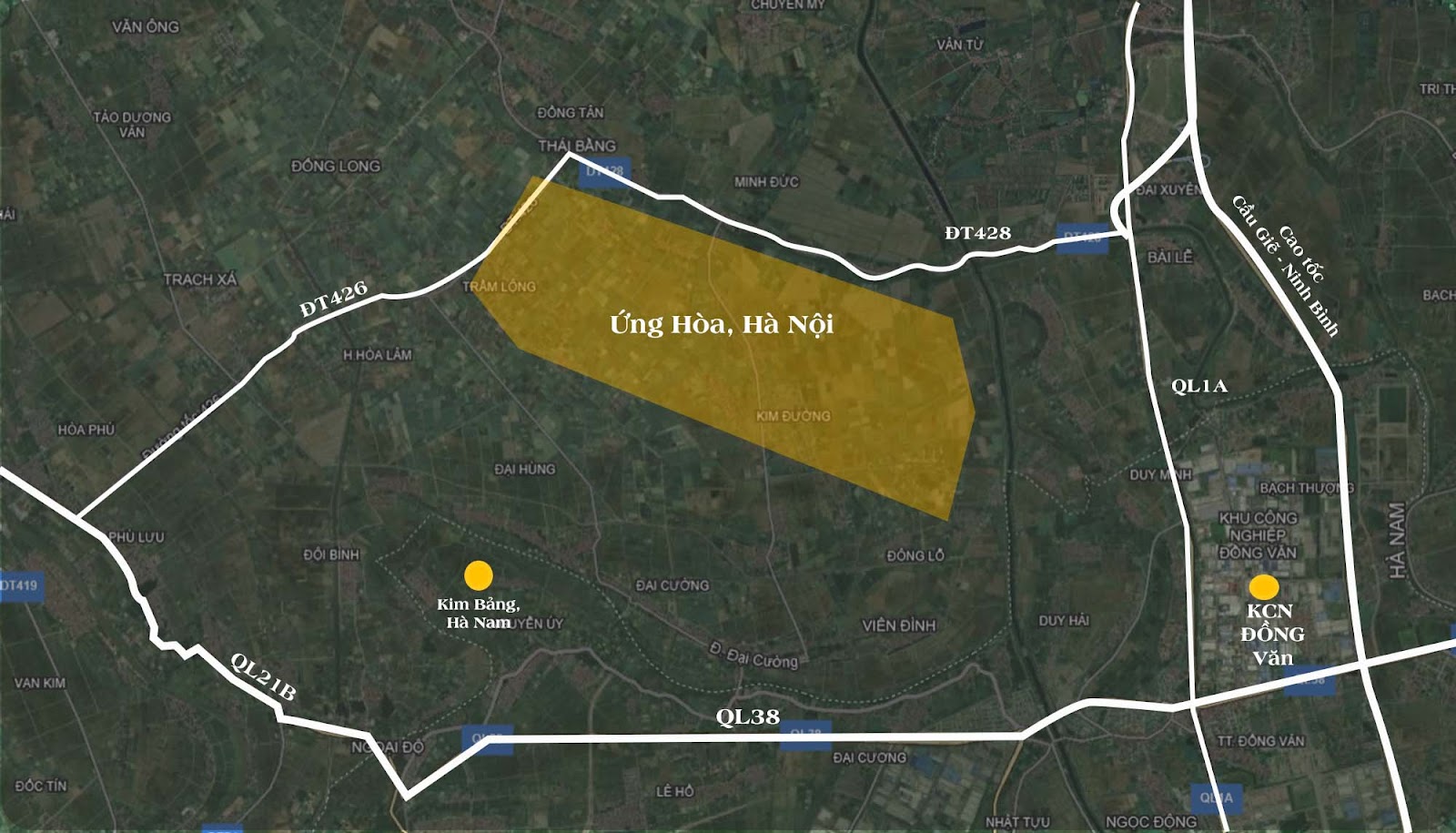
It is also worth mentioning the aviation planning for the Capital Region, which includes the development of a second airport for Hanoi in Ung Hoa and Phu Xuyen districts (Hanoi), located just 25 km from Phu Ly city. This gateway will play a crucial role in connecting Ha Nam with the rest of the country and the world. (The photo shows the proposed airport location captured from Google Earth)
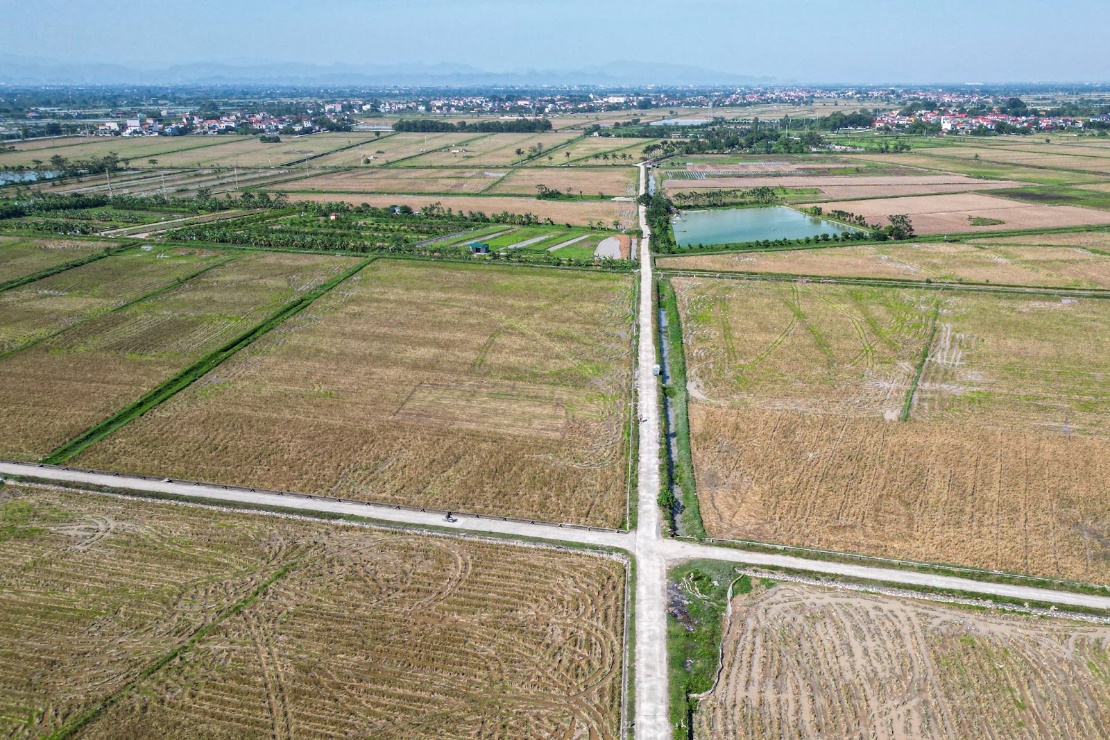
This airport is designed as a domestic airport with the potential to be converted into an international airport if needed. It is expected to serve 30 – 50 million passengers annually, spanning an area of 1,300 – 1,500 hectares, and will be constructed after 2030. (The photo shows the proposed airport site in Ung Hoa and Phu Xuyen districts.)
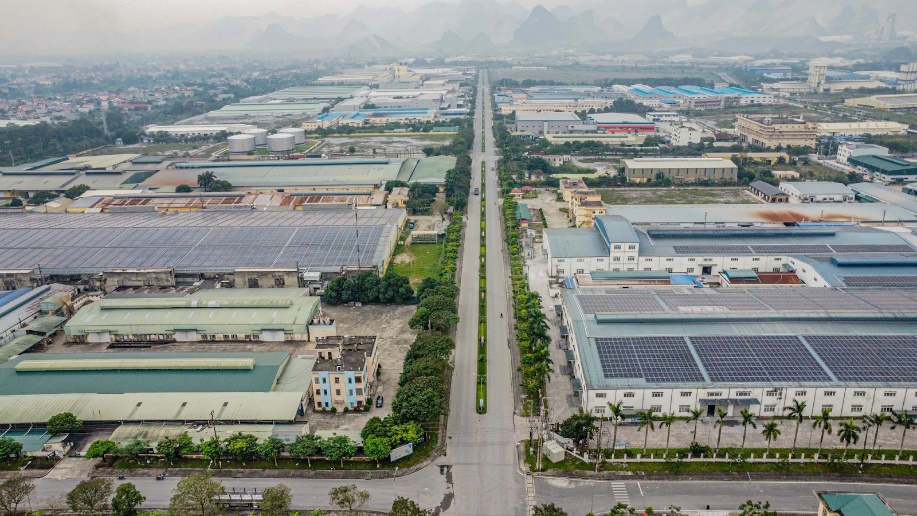
By continuously upgrading and improving its transportation infrastructure, Ha Nam has established a synchronized and modern network, boasting one of the country’s most well-planned transportation systems. This has transformed the province into a magnet for domestic and foreign investments, consistently ranking among the top 10-15 provinces in FDI attraction. Ha Nam is also emerging as one of the leading industrial hubs in Northern Vietnam. Despite challenges in 2023, the province attracted 49 new investment projects, including 33 FDI projects and 16 domestic projects, with registered capital of 459 million USD and over 1,930 billion VND, respectively. This has opened up vast opportunities for the real estate market, particularly for large-scale urban projects catering to the demand for high-quality and long-term housing.
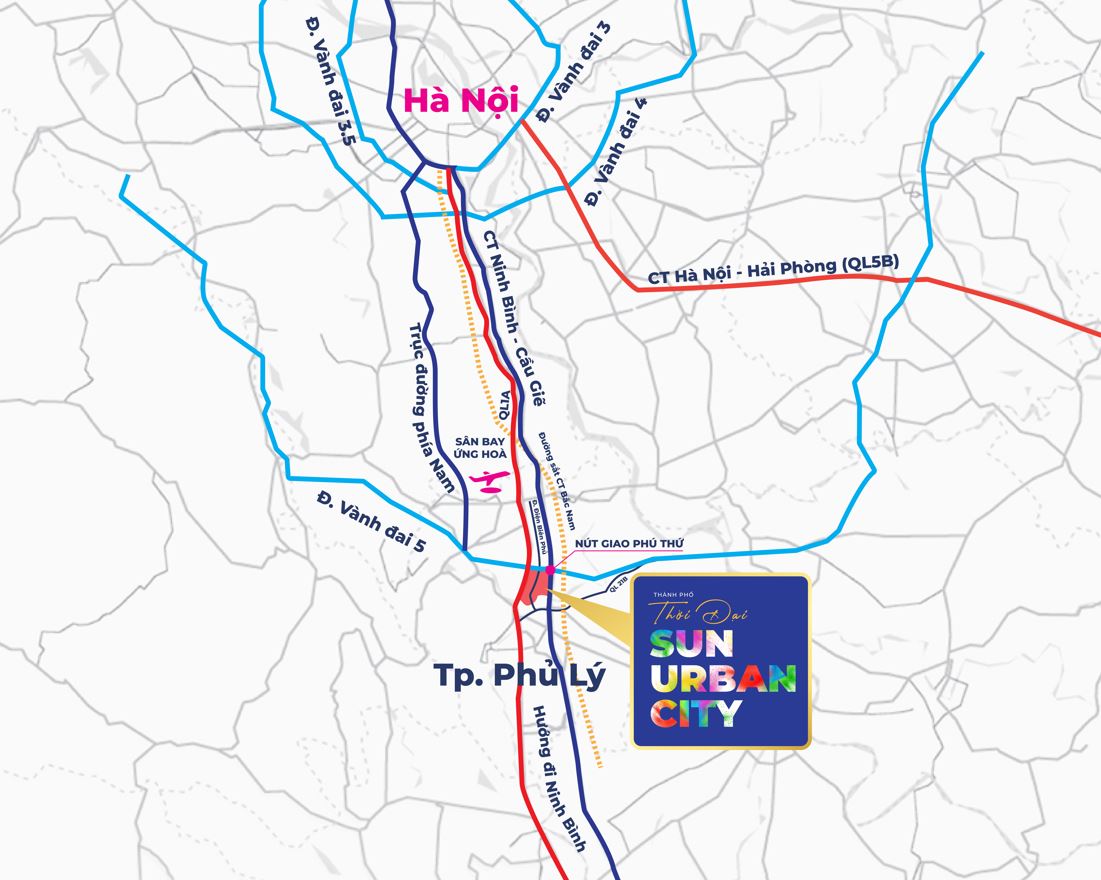
Anticipating these opportunities, prominent investors have planned and developed large-scale urban projects in key locations that serve as transportation hubs, such as the Bac Chau Giang area in Phu Ly. These projects aim to cater to the demand for high-quality living spaces or second homes from individuals and families relocating from Hanoi and other provinces. Notable examples include the Doi Thoai Times – Sun Urban City Ha Nam by Sun Property (a member of Sun Group) and other large-scale projects by renowned developers like Flamingo and Taseco Land.
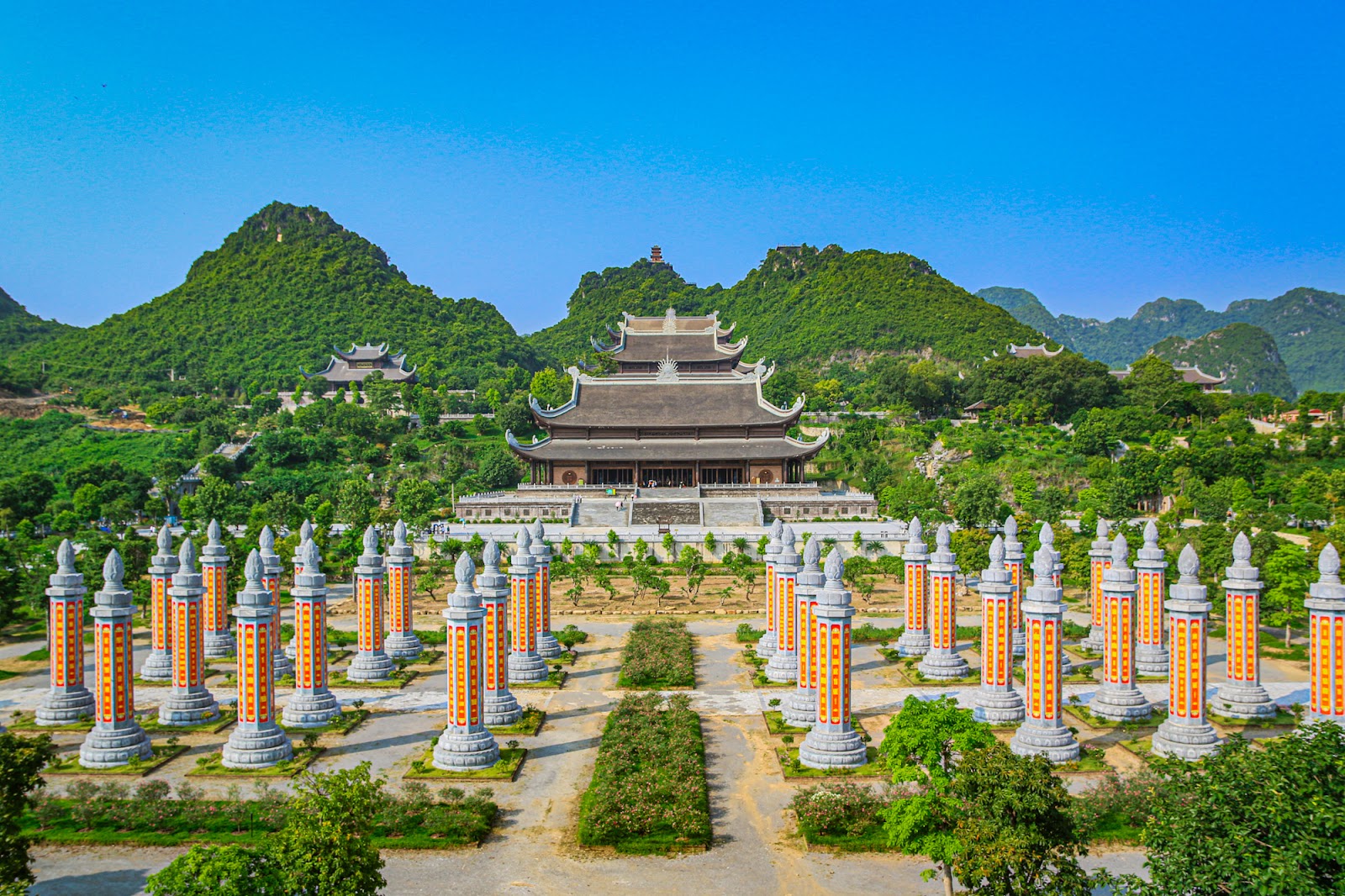
Currently, Ha Nam is striving to realize the master plan approved by the Prime Minister. By 2030, the province aims to become a prosperous and civilized locality, maximizing its potential, advantages, and resources. Additionally, it aspires to be a center for high-tech industries and environmentally friendly technologies, as well as a hub for cultural tourism, spiritual tourism, leisure, entertainment, and sports. By 2050, Ha Nam envisions becoming a centrally-governed city, a smart and modern metropolis, and a pivotal driver of growth for the Red River Delta region. This momentum is expected to propel Ha Nam’s socioeconomic development and accelerate the growth of its real estate market.
Choose La Mia Bao Loc – Embrace a Fulfilling Life with an Ideal Green Living Standard
Not just a perfect blend of art and inspired Italian-style resort, La Mia Dalat also effortlessly brings each resident to the standards of peaceful living, well-being, and balanced body-mind-soul.
Hanoi’s Update on the Delayed 1.000 billion VND Hospital Project
To address the challenges faced by investors, the Hanoi People’s Committee has instructed the Long Bien People’s Committee and the Department of Natural Resources and Environment to resolve any obstacles that arise during the implementation of the Thang Long 1,000-Year Oncology and Plastic Surgery Hospital project.


